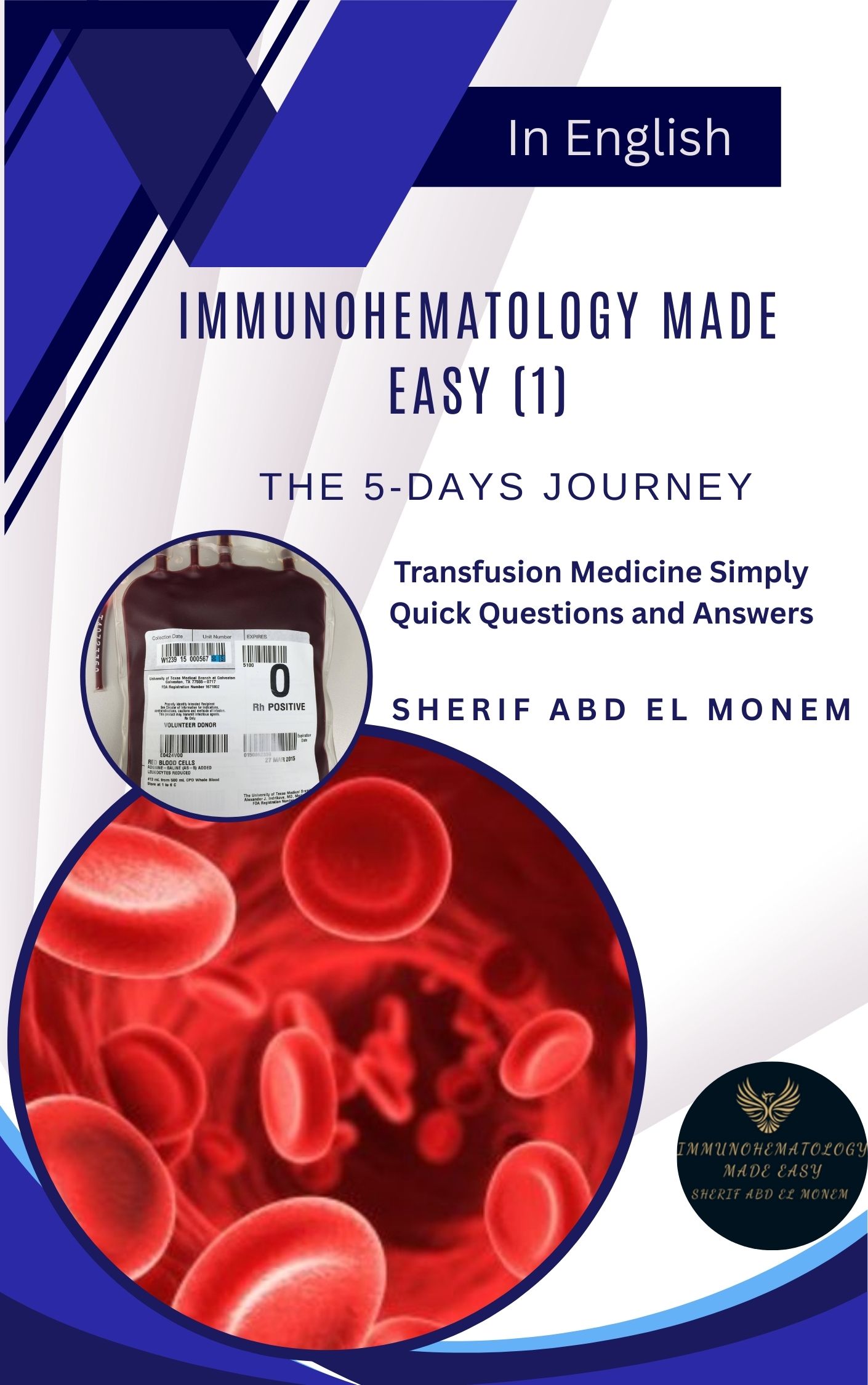Including the patient in patient blood management: Development and assessment of an educational animation tool
This summary was assisted by AI :
🎓 Citation Information:
- Author(s): Sumedha Arya, Tracy Xiang, Grace H. Tang, Katerina Pavenski
- Title: Including the patient in patient blood management: Development and assessment of an educational animation tool
- Journal/Source: Transfusion
- Publication Year: 2023
- Pages: 1488–94
- DOI/URL: https://doi.org/10.1111/trf.17458 ↗
- Affiliation: Various institutions in Canada
🌌 Contextual Insight:
- In a Sentence: The study developed an animated educational video for preoperative patients to learn about patient blood management and evaluated its effectiveness through a post-viewing survey.
- Keywords: patient blood management, patient engagement, patient education, health animation, preoperative care
- Gap/Need: Existing PBM patient education materials were predominantly text-heavy pamphlets, while engaging animations could be more effective.
- Novelty: To our knowledge, this is the first PBM-specific patient education animation. It evaluated animation’s potential for improving patients’ understanding and involvement in their care.
- Target Audience: Preoperative surgical patients and their caregivers seeking to better understand anemia treatment options.
- Jargon Density: Relatively easy to understand for a lay audience, avoiding medical jargon.
- Recommendation: Recommended for novice to intermediate readers interested in improving patient education tools.
🧭 Purpose/Objective:
- Goal: Develop and assess the effectiveness of an animated educational tool to educate preoperative patients about patient blood management (PBM).
- Research Questions/Hypotheses: Does an animated video improve patients’ understanding of anemia and PBM interventions compared to text-based materials? Would it increase patient activation and confidence to follow their PBM plan?
- Significance: Prior studies demonstrate benefits of PBM programs and patient activation on health outcomes. Yet patient engagement remains relatively understudied within PBM.
🎓 Background Knowledge:
- Core Concepts: PBM, anemia, preoperative care, patient engagement, patient activation
- Preliminary Theories: Benefits of PBM programs in reducing morbidity/mortality. Role of patient knowledge and participation in managing their own health conditions.
- Contextual Timeline: Establishment of Ontario’s ONTraC PBM coordination program and demonstrated effectiveness over 20 years.
- Prior Research: Meta-analyses linking preoperative anemia to worse postoperative outcomes. Studies showing comprehensive PBM programs lower transfusion need and mortality.
- Terminology: PBM, anemia, patient activation, ONTraC
- Essential Context: COVID-19 impacted surgical volumes and some patient demographics during study period.
📝 Methodology:
- Research Design & Rationale: Quality improvement study using survey to evaluate educational animation tool. Built upon proven benefits of stories and animation for patient education.
- Participants/Subjects: 51 preoperative patients at academic Toronto hospital, recruited via PBM nurses.
- Instruments/Tools: Animated video, post-viewing electronic survey.
- Data Collection: Patients watched video independently then completed anonymous survey.
- Data Analysis Techniques: Descriptive statistics for survey responses.
- Ethical Considerations: Waived as quality improvement study. Patients provided optional email/feedback.
- Comparison to Standard: Standard recruitment/consent but novel educational animation assessment approach.
- Replicability Score: 8/10 as animation development details provided but external validation needed.
📊 Main Results/Findings:
- Metrics defined: understanding, preferences, confidence in PBM plan
- Tables/Graphs: Figures 2-3 displaying demographics and survey responses
- Outcomes: Majority found video easy to understand, educational, and improved PBM knowledge. Felt more confident in ability to follow plan.
- Data & Code Availability: Survey data and animation link provided for reference.
- Statistical Significance: Not reported as descriptive study.
- Unintended Findings: None reported.
🔄 Discussion & Interpretation:
- Authors’ Views: Education animation approach seemed appropriate and well-received by patients.
- Comparative Analysis: Addresses gaps in existing PBM education tools. Aligns with benefits of stories and multimedia shown in prior work.
- Contradictions: None found.
❌ Limitations:
- Study weaknesses: Small sample, single center, self-selected participants
- Mitigations: Acknowledged need for broader dissemination and evaluation across divers patient profiles.
🖋️ Conclusions:
- Takeaways: Patients found educational animation approach engaging and effective for PBM learning.
- Practical Implications: Inspire other hospitals to implement similar educational animations to empower patients.
- Potential Impact: Improving PBM literacy could ultimately enhance outcomes through increased patient involvement.
🚀 Future Work:
- Authors’ Proposals: Incorporate tool across ONTraC sites. Assess impact on transfusion rates/outcomes longitudinally. Translate for wider/less literate audiences.
📚 References: Several seminal PBM studies referenced to establish need and prior evidence.
🎯 Relevance:
- Significance: Highlights educational strategies to engage patients as partners through comprehension of their care options.
- Real-world Implications: Broader application could empower more populations through multimedia explanations of complex health topics.
🌐 Textual Mind Map:
- Main Branches: Introduction, Background, Methodology, Results, Discussion, Conclusions, Future Work
- Central Ideas:
- PBM definition
- Need for patient education
- Animation development process
- Survey results
- Positive reception
- Call to implement approach more widely
- Significant Facts:
- First PBM animation
- 94% felt activating role important
- 92% understood anemia treatment better
- Key Arguments:
- Gap in existing education materials
- Animation can improve understanding vs text
- Approach inspires improved patient involvement
- Interconnections: Relationship between comprehension, engagement, outcomes reinforced across sections
🌟 Key Quotes:
“Patient blood management (PBM) programs are effective at reducing transfusion-associated mortality and morbidity; however, patient engagement within the realm of PBM remains relatively unstudied.”
“Patients enjoyed learning about PBM though animation, and patient education may lead to better uptake of PBM interventions.”
🧠 Personal Insights/Comments:
- Opinions: Novel approach with strong potential to enhance health communication if validated at broader scale.
- Questions: What techniques most effectively assess impact on real outcomes over time? How to reach lowest literacy groups?
- Cross-References: Relates to growing emphasis on shared medical decision making and adapting education tools. Shows animation potential beyond entertainment.

📘 New to Blood Bank?
Start your 5-day journey with Immunohematology Made Easy — a simple, beginner-friendly guide with real-life examples!
👉 Get Your Copy Now